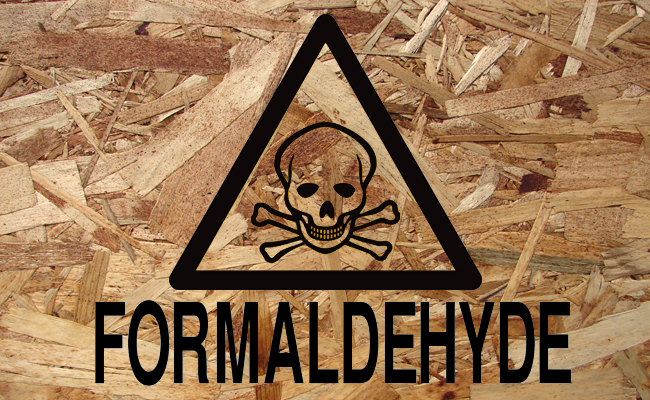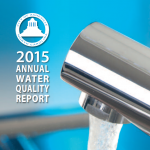EPA issues Final Rule for regulating formaldehyde emissions
Six years after the passage of the Formaldehyde Emission Standards for Composite Wood Products Act of 2010 (42 U.S.C. 2697), the US Environmental Protection Agency (EPA) has issued its final rule implementing the Act (Final Rule). The Final Rule—based on the formaldehyde regulation released by the California Air Resources Board (with which EPA collaborated in formulating the Final Rule)—seeks to reduce exposure to formaldehyde vapors by establishing emission standards and labeling requirements for certain wood products.
Final rule seeks to reduce exposure to formaldehyde vapors by establishing emission standards and labeling requirements for certain wood products.
Formaldehyde is a chemical that is commonly used in wood glue for furniture and flooring. Some studies have linked formaldehyde to nasopharyngeal cancer, eye irritation, and respiratory problems, while other studies have raised questions about the chemical’s potential role in causing asthma and allergic conditions, particularly among children.
In 2008, in response to these health concerns, California became the first US jurisdiction to issue emission limits on formaldehyde in building materials and furniture used in homes. Two years later, the US Congress enacted the Formaldehyde Emission Standards for Composite Wood Products Act, which added Title VI to the Toxic Substances Control Act (TSCA). This Act directed EPA to issue regulations implementing the Act.
The Final Rule sets formaldehyde emission standards applicable to hardwood plywood, medium-density fiberboard and particleboard, and finished goods containing these products that are sold, supplied, offered for sale, imported into, or manufactured in the United States. To show that they are in compliance with the emission standards, within one year, these products will need to be labeled as TSCA Title VI compliant. Furthermore, the Final Rule establishes an EPA TSCA Title VI Third-Party Certification Program to ensure that composite wood panel producers comply with the emission limits. Under this program, Third-Party Certifiers (TPCs) will regularly inspect composite wood panel producers and conduct emissions tests. TPCs who wish to participate in the program must apply to EPA for approval and receive program recognition before certifying products.
Products that contain de minimis amounts of composite wood products (defined as products containing 144 square inches or less of regulated composite wood products) are exempt from the labeling requirements.
Some small businesses have argued that the rule’s testing, labeling, and record-keeping requirements will disproportionally impact smaller firms that aren’t equipped to handle additional costs.



